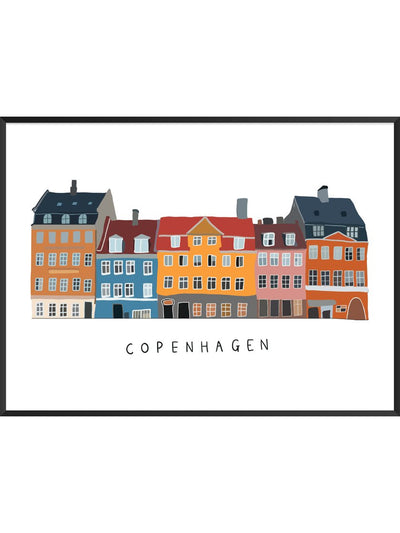What are the 7 elements of interior design
As you embark on your journey into the world of interior design, you might wonder, "What are the crucial elements that breathe life into a space?" Today, we're going to delve into the heart of interior design and unveil the seven key elements - color, form, space, texture, pattern, line, and light. Each of these components plays a pivotal role in creating a harmonious, functional, and aesthetically pleasing environment. So, whether you're a seasoned designer or a beginner, understanding these principles can significantly elevate your design game.
Color: The Vibrancy of Interior Design
Color is arguably one of the most impactful elements of interior design. It sets the mood, defines the style, and brings cohesion to a room. Moreover, each color has its unique psychological effects, influencing our emotions and behaviors. For instance, blue shades can promote tranquility and calmness, while warm tones like red can stimulate energy and passion.
Playing with color schemes is an art. Whether you opt for monochromatic, analogous, or complementary schemes, the key lies in creating a balanced, visually pleasing palette that aligns with the space's intended purpose.
Form: The Physical Presence
Form refers to the shape of objects within a space. It plays a critical role in defining the room's structure and creating visual interest.
There are two types of forms – geometric (man-made) and natural (organic forms). Geometric forms are typically seen in furniture and architectural structures, while natural forms can be identified in plants, shells, or stones. Combining these two can add depth and complexity to your design, but be cautious – too much variety can lead to visual chaos. Harmony is crucial when dealing with form.
Space: The Canvas of Design
Space is the "canvas" on which interior designers paint their masterpiece. It refers to the area that designers have at their disposal to work with. Space can be divided into two categories: positive (filled with objects) and negative (empty areas).
Effective space management is key to good interior design. The use of furniture, decor, and layout can either make a room feel spacious or cramped. It's essential to consider functionality, comfort, and movement when planning the layout of a room.
Texture: The Tactile Sensation
Texture is the element that brings a tactile dimension to interior design. It appeals to our sense of touch and can significantly enhance the overall aesthetic of a room.
Textures can be visual or physical and can be introduced through materials like fabric, metal, wood, and more. Combining various textures can provide contrast and balance, making the room more visually appealing. For instance, pairing a sleek leather couch with a soft, plush rug can create an intriguing dynamic in the room.
Pattern: The Rhythm of Design
Patterns are a repetition of a graphic motif on a material surface. They add life, interest, and energy to a space, providing a sense of continuity and rhythm.
Patterns can be incorporated through wallpapers, furnishings, rugs, and even architectural details. However, overusing patterns can make a space look busy and overwhelming. The secret is to strike a balance, coordinating patterns with the room's colors and textures.
Line: The Outline of Design
Lines establish shape and form, guiding the eye and influencing the feeling of a space. Horizontal, vertical, and dynamic lines each have their roles and effects.
Horizontal lines (found in tables and other surfaces) suggest stability and grounding, vertical lines (seen in doorways and tall furniture) evoke feelings of freedom and strength, while dynamic lines (curves or zigzags) can infuse energy and movement. Clever use of lines can help unify a room, direct visual interest, and even alter perceived room proportions.
Light: The Illuminator of Design
Light is the element that enhances all others. It sets the mood, highlights the design elements, and makes the space functional and safe.
There are three types of lighting to consider: ambient (general lighting), task (specific to a function, like reading), and accent (highlighting certain areas or objects). Combining these in a room can create a well-lit, inviting space. Remember, light fixtures themselves can also serve as design elements, adding form, color, and texture.
You do you!
To conclude, understanding and implementing these seven elements – color, form, space, texture, pattern, line, and light – are essential in creating a captivating and well-rounded interior design. They are the toolkit for every designer, providing an infinite number of possibilities to turn any space into a visual symphony.
Remember, interior design is not just about making a space look aesthetically pleasing; it's about creating an environment that feels harmonious, functions well, and most importantly, feels like home. By mastering these elements, you're one step closer to transforming your interior design visions into reality


















































